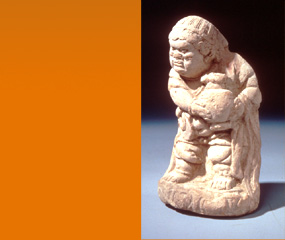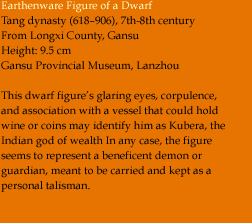 |
|
 |

Good fortune falls on the gold-pillared gateway . . . The prophecies of Taizong are supreme The empire is firmly established and reaches the sky! — Du Fu (712–770) In 589 China was reunified by the Sui dynasty (589–618), ending almost four hundred years of division. The Sui was short-lived, but the Tang dynasty (618–906), which succeeded it, achieved a political unity that survived for three centuries. Unlike the kingdoms and dynasties that had ruled northern China, the Sui and Tang were Chinese dynasties. Yet the founder of the Tang was of part Central Asian ancestry, and the Tang, during its first half, at least, remained open to influences from the rest of Asia. Trade along the Silk Road continued to flourish, fuelled by an insatiable appetite for foreign exotica and luxury goods, and China continued to welcome foreign merchants. Compared with the earlier period, however, Tang rulers had a more sophisticated understanding of the outside and a greater confidence in adapting and assimilating foreign ideas and artistic idioms to a Chinese context. Often, forms and motifs were adapted from one artistic medium to another. In the process of this assimilation, Chinese artistic traditions were themselves transformed and out of this synthesis emerged a truly cosmopolitan culture. |
||||